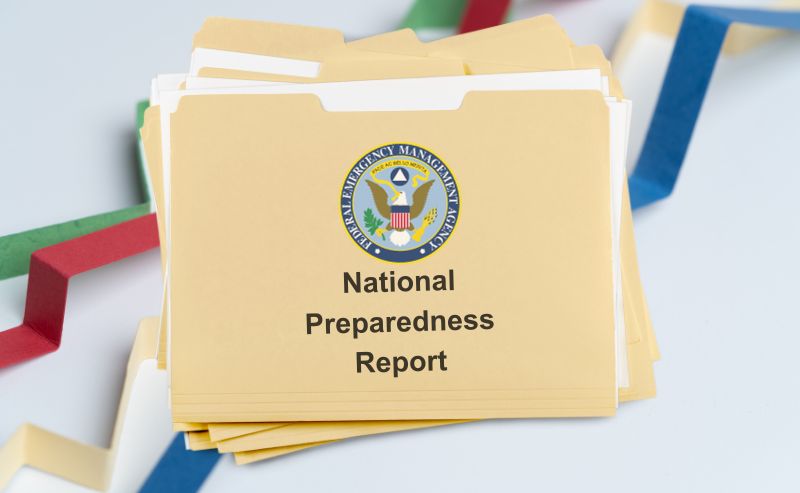 So what is COOP and why do we need it?
So what is COOP and why do we need it?
“COOP” is the abbreviated term for Continuity of Operations Planning. It’s planning done ahead of time so that in the event that an agency/business needs to relocate their office for any reason (fire, bomb threat, flood) they can do so in a coordinated, efficient manner by following the instructions outlined in their COOP plan. Each COOP plan is unique to each agency/business based on their day to day operations.
But what really goes into a COOP plan?
A well-developed COOP plan should identify and answer several key questions that an agency/business will face when they have to relocate.
(These are not all of the key questions, but will be a great starting point in understanding COOP)
What and where is the alternate facility that we are going to operate from?
An agency/business should identify several possible alternate locations to relocate to and rank them by priority. Keep in mind that you need to think about the location of the alternate facility in reference to the location of your current facility. Example: If your building were to burn down, then relocating to the library building across the street could be an option. However, if it is a much larger disaster that forces your relocation, such as the floods that devastated New Orleans in 2005, then the library across the street is not likely an option. Because of this you must think about choosing alternate facility locations locally as well as regionally.
What amenities does the new facility already have in place?
Many factors come into play when choosing alternate facilities. Does the alternate facility have basic necessities such as telephones, desks, computers, internet, and if so, how many? Is there adequate room at this alternate facility for your entire staff? Finding an alternate facility that has amenities closely suited to your agency/business will ensure a more timely recovery of normal operations.
What other items are needed at the alternate facility and who brings it?
Keep in mind, while one alternate facility you choose might have 12 desks, 20 computers, another might only have 10 desks and no computers. Case in Point: Each alternate facility you select will have a vastly different list of items needed to be brought by your staff to operate. Your list of needs to bring will have to be prepared individually for each alternate facility after considering what is already in place.
Once at the alternate facility, what are the key things your agency/business needs to accomplish in order to be considered operational?
This is the most critical part of your plan and will identify what the most basic duties are that need to be accomplished by your agency/business. These things are known as your “mission essential functions”. Every COOP plan will be different. For example, a local Fire Department has different mission-essential functions to accomplish than a County Payroll Department. A Fire Department needs to receive emergency calls, dispatch units, and respond in a timely manner to emergencies, while the Payroll Department needs to process new personnel hiring data, receive and transmit payroll information, and execute paychecks.
Once you have your mission essential functions listed, you then rank them in order of importance. Also, you need to identify three separate lists of operational functions based on the length of time you are relocated. Being relocated for a day or two can require one set of mission essential functions, while being relocated a month or more will require a different set of mission essential functions. COOP guidance for government agencies requests that mission essential functions are arranged in the categories of 1 day, 1 week, and 1 month or more.
To learn more about COOP planning and how government agencies are accomplishing COOP requirements, Contact us today. Also be sure to ask for our complete guide to COOP planning as well as information about our web-based COOP planning system, BOLDplanning.com.
BOLDplanning.com provides users with a web-based, step-by step guide to building their COOP Plan and is home to thousands of agencies and organizations for achieving their COOP planning goals.






